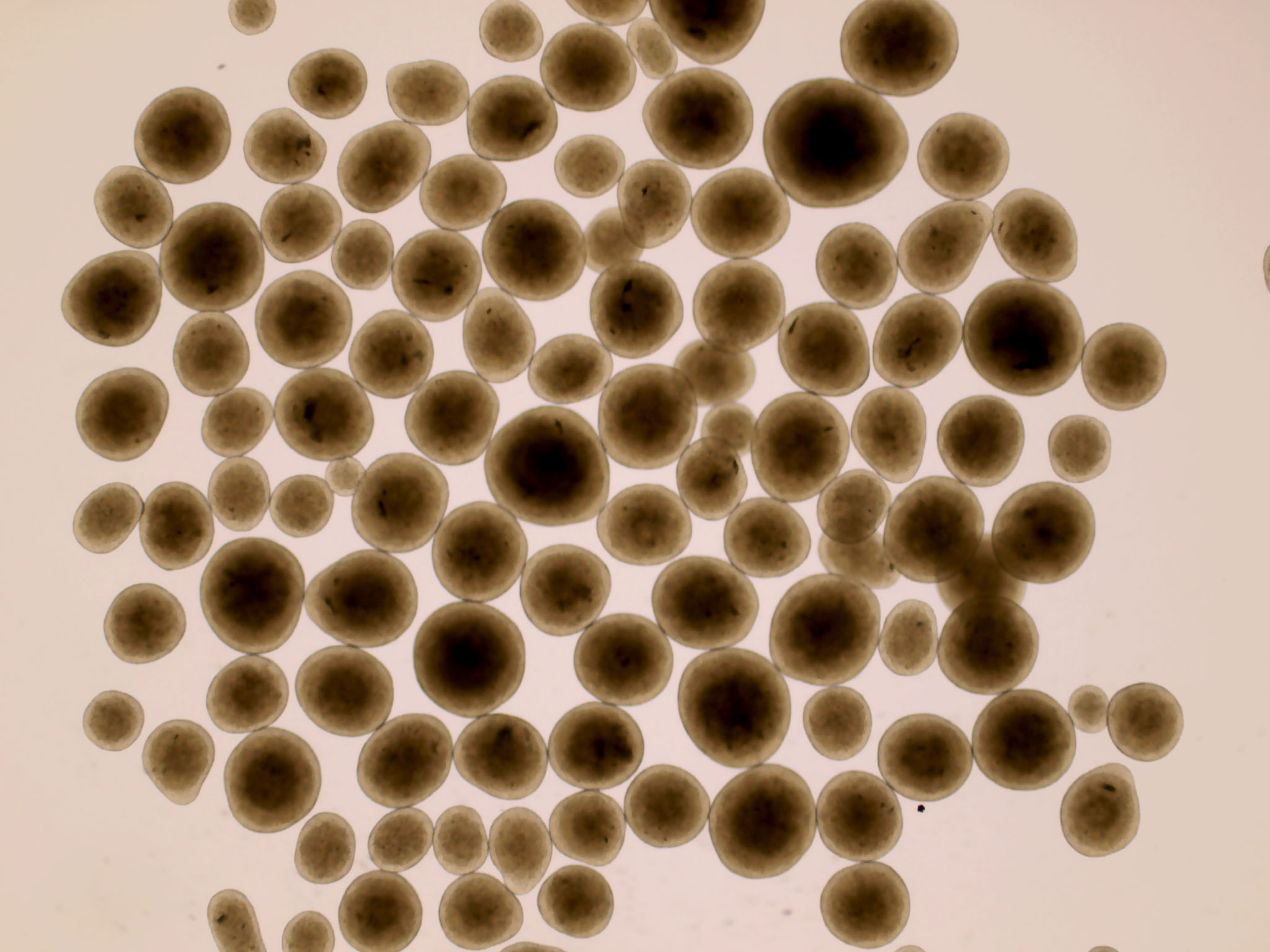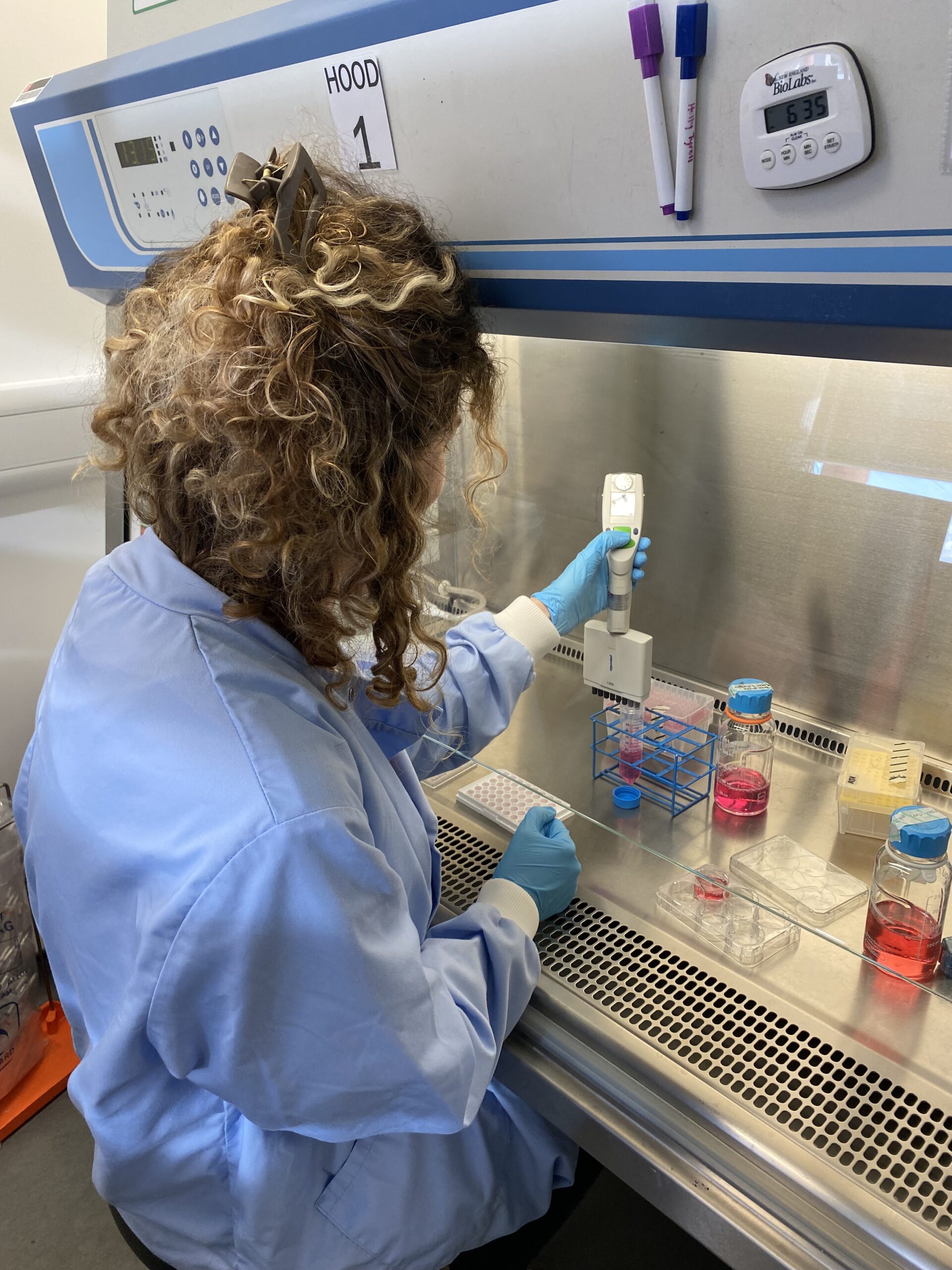Two members of the STREAMLINE team, Mina Perić, PhD and Vanda Balint are currently on the staff exchange at the Neuroscience and Mental Health Innovation Institute in Cardiff, UK. They are learning how to make brain organoids from induced pluripotent stem cells (iPSCs). Our team members are also studying how to analyze neuronal electrical activity recorded on a Multielectrode array (MEA).
Uncovering the underlying cellular and molecular mechanisms of brain function will help us understand the biological basis behind human psychology. The nervous system is composed of two basic cell types: glial cells (also known as glia) and neurons. While glial cells provide mechanical, trophic, and metabolic support to neurons, the communication between neurons is fundamental to all of the functions associated with the nervous system. Neuronal communication is an electrochemical event. The Multielectrode array (MEA)-systems record, amplify, and analyze signals from biological samples in vitro. Cells are grown in specially designed sterile cell culture plates (containing embedded electrodes) and placed in the MEA instrument for analysis. Cellular functionality can be determined by capturing spontaneous electrical activity as presented in the movie below:
A cerebral organoid, or brain organoid can be described as an artificially grown, in vitro-generated cellular system or a miniature organ resembling the brain. Using human pluripotent stem cells to create in vitro brain organoids allows researchers to understand the developmental mechanisms and maturation of the nervous system. Brain organoids derived from patients’ induced pluripotent stem cells (iPSCs) can be used to investigate disease pathogenesis in the nervous system.




